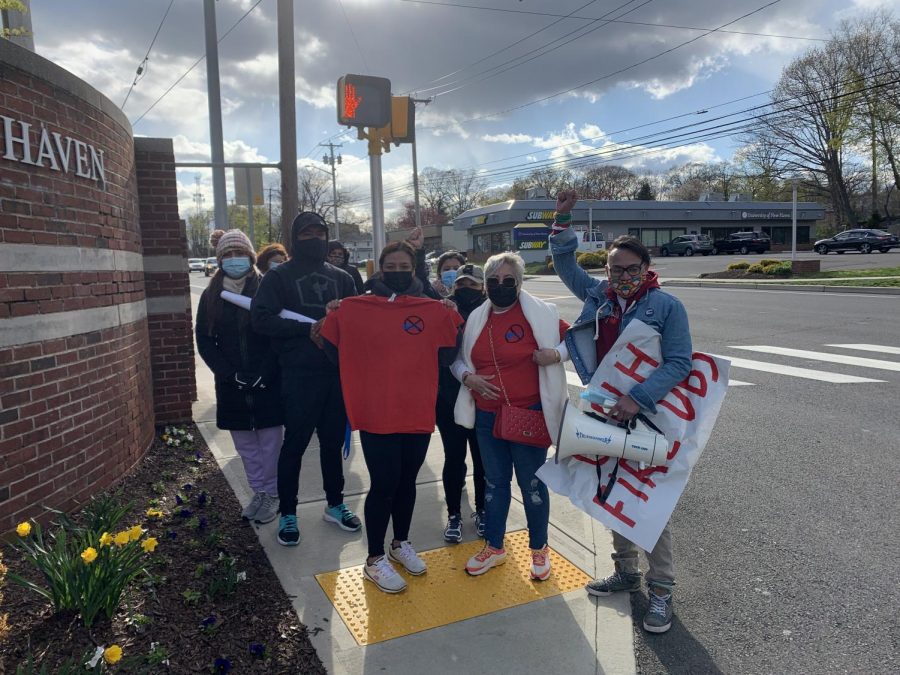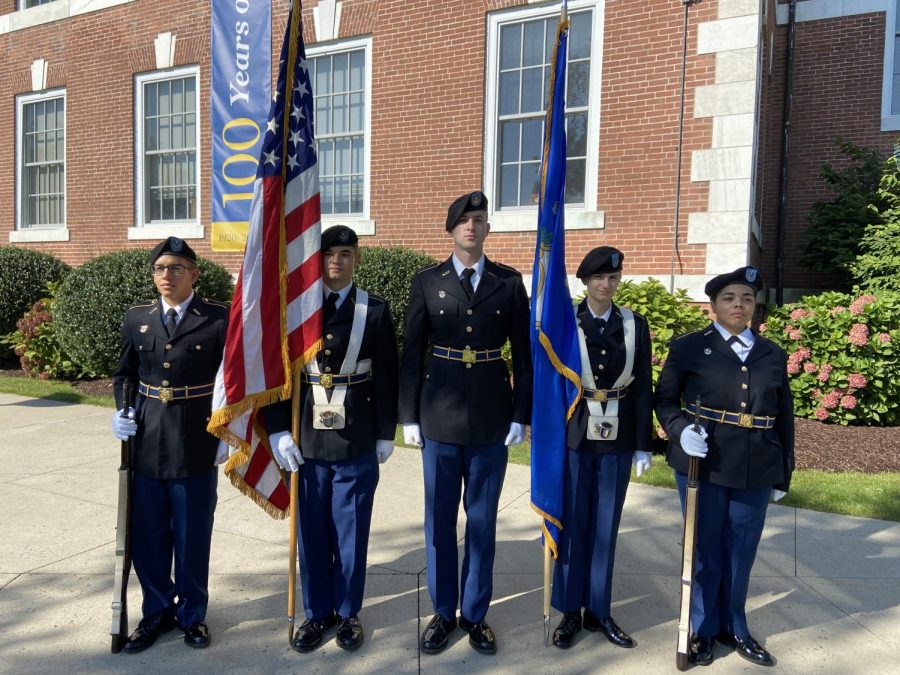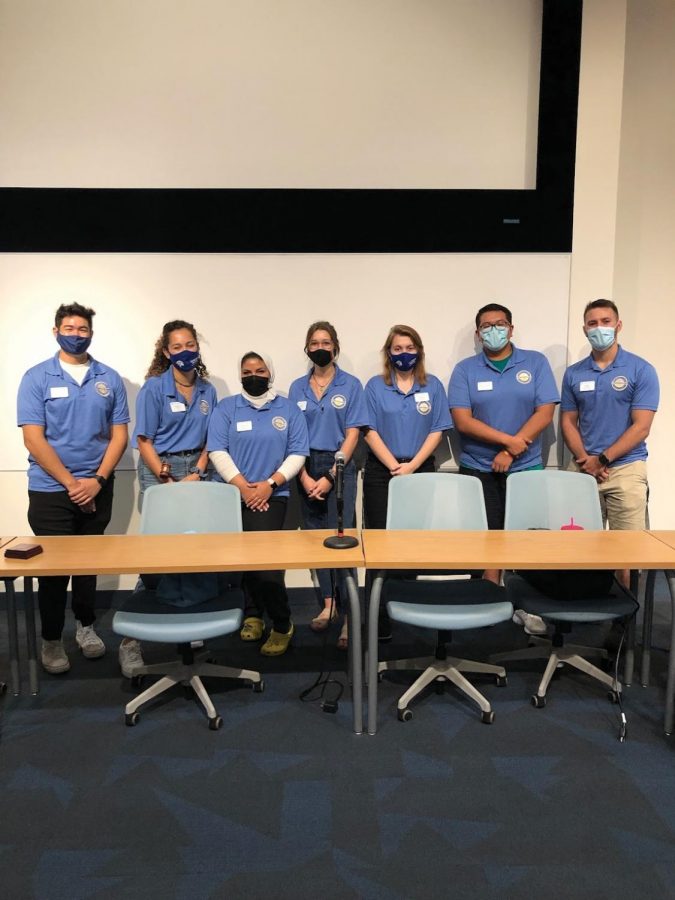After a horrible wind storm that recently ripped through the UNH campus, the Echlin Fire Science Barn faces structural damage and the University fears for its collapse.

On Jan. 31, the barn located on Pruden Street started to sway more than one foot on both sides and was deemed unsafe by the City Building Department. Firefighters reported to the scene, and pedestrian and vehicular travel was restricted on the road as a precaution. Structural engineers have since condemned the building.
“It’s an old building, and the heavy windstorm pushed the barn north, and when the wind decreased, the building would settle back into original location. Since this happened a lot, it loosened the structure,” said Louis C. Annino Jr., Associate Vice President for Facilities for the University of New Haven.
Currently, the building is stabilized with braces and plywood. “The building is sound,” said Annino. Everything is safe inside, so the next decision that will have to be made is whether to rebuild or restore the building.
“We have designs for a new building,” added Annino, “we would be ready to go if we had funding.”
Professor and Fire and Arson Advisor Bruce Varga said Annino has been working hard to keep the fire science department up to date on progress with the barn. Although Varga could not give an estimate of how much the equipment inside the building is worth, he said, “I do have numerous pieces of evidence donated from real fire scenes that are incredibly valuable teaching tools.” Although Varga has not been inside the building since it has been condemned, he expects to find everything in its original condition when they are able to safely enter to recover the items.
If the decision were made to rebuild, the barn would not be ready in time for fire science students to use burn units this semester.
“I have never had the opportunity to have a class in the barn and this semester was my first class that had a lab component in the barn. I was really excited about taking a class in there, but now that it is condemned I may never get the chance which is unfortunate because I heard that classes in the barn were a lot of fun and really interesting,” said junior Forrest Edelman.
In 2009, the Levy family made a very generous donation, which allowed the university to make specific structural improvements to the barn and build the three burn rooms contained inside. The barn and the renovations made inside have enhanced prospective students’ visits during open houses or tours, and added to the credibility of the Fire Science Department at UNH.
When asked how the building was designed and what it was used for, Varga responded, “the barn had additional structural floor and roof bracing installed prior to the construction of the burn rooms. Each of the three rooms was designed to replicate individual rooms in a typical house. There was a bedroom, living room and a kitchen. Each one was furnished and included wall hangings, consumer electronics etc. Scripts were written for each scenario and students played the roles of the residents while other students filmed and photographed each scenario. Allingtown Fire Department supervised the growth of each fire and then a 100-pound carbon dioxide system displaced the oxygen in each room and extinguished each fire. Not a single drop of water was used to put out the fires so there was never an issue with mold or mildew. Each class is divided into investigative teams and it is their job to determine the origin and cause of each fire. They document the scene by drawing diagrams, vector diagrams (indicating direction of fire movement and/or radiant heating), collect evidence, photograph the scene, research the property records based on a given address (from a real fire), identify fire patterns and conduct interviews with occupants and witnesses.”
He added, “the temporary loss of use of the barn has had little to no impact on the Fire Investigation II Lab sessions. We don’t typically start using the burn rooms until 5 or 6 weeks into the spring semester.”
Another concern that faces the university when making a decision on construction involves investigating if the materials inside are hazardous, such as lead paint that was used often during the time period this barn was built.
“We have to be careful,” said Annino. He explained that the building is not antique. The building would not need to be preserved if the safer option would be to rebuild entirely, but the decision has not been made.












